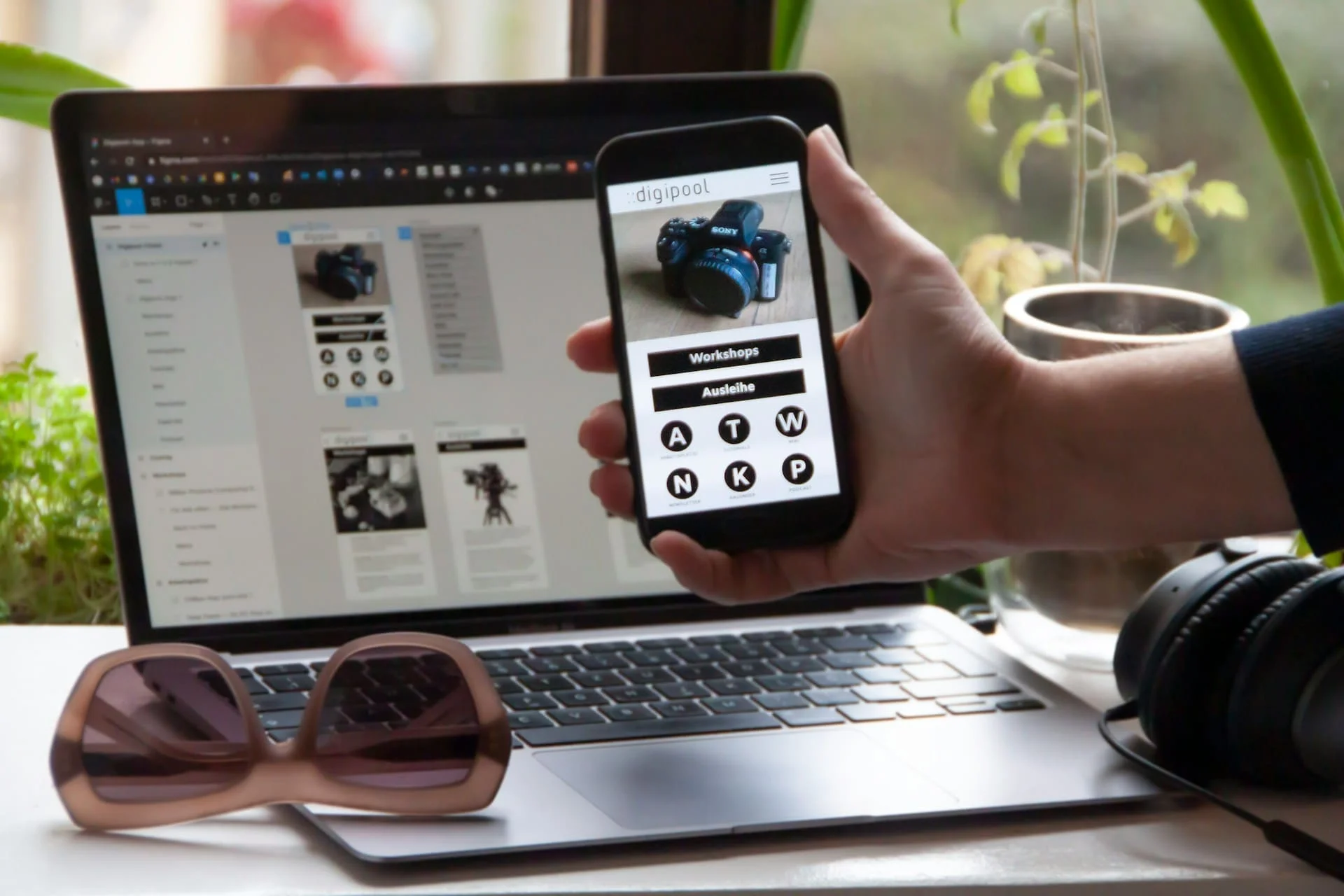The success of Uber has revolutionized the transportation industry, creating a massive market for on-demand services. An Uber-like app offers immense potential, especially as more consumers seek convenience and immediate access to services. With the gig economy booming and the rise of app-based solutions, there’s never been a better time to tap into this lucrative market.
An app like Uber allows businesses to reach a broader audience, improve service efficiency, and generate significant revenue through a well-structured platform. The scalability of such an app provides expansion into various on-demand services beyond just transportation, such as food delivery, healthcare, and logistics. The combination of user demand and technological advancements makes this investment a smart move for entrepreneurs looking to enter the on-demand service market.
Developing an Uber-like app requires careful planning and execution to create a successful, user-friendly platform. This ultimate guide covers everything you need to know, from why investing in such an app is beneficial to the essential features that make it stand out. You’ll learn about the revenue model, how Uber works, the costs involved, and the timeline for development.
Whether you’re a startup looking to enter the ride-sharing market or an established company wanting to expand your services, this guide will provide the insights needed to make informed decisions and build a robust, scalable app with Cenozic’s expertise.
Why You Should Invest in an App Like Uber
Investing in an Uber-like app is a lucrative opportunity in today’s rapidly evolving digital economy. The demand for on-demand services has skyrocketed, creating a vast market for applications that offer convenience and immediate access. By building an app similar to Uber, businesses can tap into a growing customer base, enhance service delivery, and generate substantial revenue. The scalability of such apps also allows businesses to expand into various industries beyond transportation, including food delivery, healthcare, and logistics.
Massive Market Potential
The on-demand economy is thriving, with millions of users relying on apps for daily services. An Uber-like app caters to this demand, offering convenience and efficiency, which can attract a large user base and drive consistent revenue.
Scalability Across Industries
While Uber is known for ride-hailing, the app model can be adapted to various industries, including food delivery, healthcare, and logistics. This versatility allows businesses to diversify their offerings and tap into multiple markets with a single platform.
Improved Service Efficiency
An Uber-like app streamlines operations, offering features like real-time tracking, automated payments, and user ratings. These functionalities enhance the customer experience and improve service efficiency, leading to higher customer satisfaction and retention.
How Uber Works: The Technology Behind the App
Uber operates on a sophisticated technology stack that includes front-end and back-end components, as well as advanced algorithms for matching riders with drivers. The app’s functionality relies heavily on GPS technology for location tracking, routing, and calculating distances. The backend system, often powered by cloud-based services, handles user data, transactions, and communication between the app and servers. Uber’s algorithms consider factors such as proximity, traffic conditions, and driver availability to optimize the ride-hailing process.
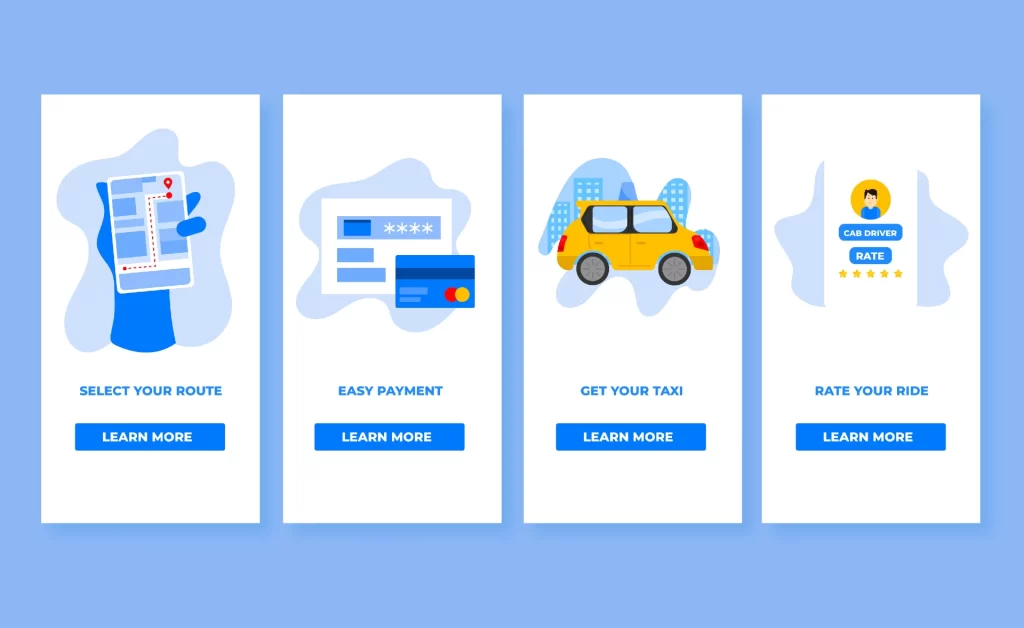
The app also integrates secure payment gateways to process transactions smoothly, ensuring that both users and drivers can complete payments with ease. Additionally, Uber uses data analytics to track performance metrics, user behavior, and market trends, enabling continuous improvements to the service. Uber’s success lies in its seamless integration of various technologies, creating a user-friendly experience for both drivers and riders. The platform operates as a bridge between users needing a ride and drivers offering their services. Let’s break down the technology that makes Uber work efficiently.
- User Interaction & Interface:
Uber’s user interface is designed for simplicity and ease of use. When a user opens the app, they can input their destination, choose the type of ride they want (UberX, UberPOOL, etc.), and view estimated fares. The app also provides real-time information about driver availability and estimated time of arrival. This frontend experience is powered by robust frameworks like React Native or Swift, depending on the operating system, ensuring a smooth interaction for both Android and iOS users. - Geolocation & Mapping:
Geolocation is at the core of Uber’s functionality. The app uses GPS to pinpoint the user’s location and find nearby drivers. Mapping services like Google Maps or Mapbox provide real-time navigation, helping drivers reach the rider’s location and navigate to the destination efficiently. Uber also uses route optimization algorithms that take into account traffic conditions, shortest path, and road networks to ensure the quickest possible route. This feature not only improves user satisfaction but also reduces fuel consumption and time. - Backend & Data Processing:
Uber’s backend is where the real magic happens. It uses microservices architecture, allowing different components of the app to operate independently but cohesively. Technologies like Node.js, Python, and Java manage the backend operations, while databases like MySQL and Cassandra handle the vast amount of data Uber processes daily. The app processes requests, matches riders with drivers, handles payments, and manages real-time communication between users and drivers, all within seconds. Machine learning algorithms are also employed to predict demand, adjust pricing dynamically, and enhance the overall efficiency of the service. - Payment Processing & Security:
Uber’s payment system is designed for seamless transactions. The app integrates with multiple payment gateways, allowing users to pay through credit cards, digital wallets, or other local payment methods. Security protocols, including encryption and tokenization, protect user data and prevent fraud. The system automatically processes payments once the ride is completed, and users can review and rate their experience directly in the app, contributing to a safer and more reliable service.
These technologies, working in harmony, create the efficient, reliable, and user-friendly Uber experience that has revolutionized the way people travel.
Revenue Model for an Uber-Like App
The revenue model for an Uber-like app is versatile and can be tailored to suit various business needs. Primarily, the app generates revenue through commission-based earnings, where a percentage of each transaction between drivers and riders is taken by the platform. Additional revenue streams include surge pricing during peak hours, where higher demand leads to increased fares, and subscription models offering premium features to users or drivers.
Advertising within the app can also serve as a significant revenue source, allowing businesses to partner with other brands for mutual benefits. Moreover, the app can introduce loyalty programs or referral bonuses to encourage user retention and attract new customers. By diversifying the revenue streams, an Uber-like app can maximize profitability while offering value to its users.
Creating a successful Uber-like app involves more than just the technology—it requires a robust revenue model to ensure long-term profitability. The revenue model for such a platform can be diverse, tapping into various income streams that cater to both the users and the service providers. Here’s how an Uber-like app can generate revenue:
- Commission from Rides:
The primary revenue stream for an Uber-like app is the commission charged on each ride. Typically, the app owner takes a percentage of the fare for every completed ride. This commission can range from 10% to 30%, depending on the region and the service type. This model is advantageous because it scales with usage—the more rides booked through the app, the higher the revenue. This steady stream of income provides a solid foundation for the business, ensuring that operational costs are covered while also generating profit. - Surge Pricing:
Surge pricing, or dynamic pricing, is another key revenue generator. During periods of high demand—such as rush hours, bad weather, or public events—the app increases ride prices. This increase is communicated transparently to users, and while some may choose to wait for prices to drop, many opt to pay the premium for convenience. This model not only boosts revenue during peak times but also helps manage demand by encouraging more drivers to be available, thus balancing the supply-demand equation. Surge pricing has proven to be a highly effective way to capitalize on periods of high demand. - Subscription Models for Drivers:
An additional revenue stream can come from offering subscription packages to drivers. For a fixed monthly fee, drivers could receive benefits such as reduced commission rates, priority support, or access to more ride requests. This model provides a predictable revenue stream and can be an attractive option for drivers who want to maximize their earnings. By offering tiered subscription plans, the app can cater to different segments of the driver community, from casual drivers to full-time professionals, thus broadening its appeal and revenue potential. - In-App Advertising & Partnerships:
Another lucrative revenue stream is in-app advertising and brand partnerships. The app can offer advertising space to businesses that want to target its user base, such as local restaurants, retailers, or other service providers. Additionally, partnerships with brands—such as offering exclusive discounts to riders or special promotions—can generate additional income. These partnerships not only provide a new revenue stream but also enhance the user experience by offering value-added services. The key is to integrate these ads and partnerships in a non-intrusive way, ensuring they enhance rather than disrupt the user experience.
Together, these revenue streams create a sustainable and scalable model for an Uber-like app, ensuring profitability while delivering value to both users and drivers.
Essential Features of an Uber-Like App
An Uber-like app must offer a seamless user experience, focusing on features that enhance convenience and safety. Key features include GPS integration for real-time tracking, in-app payments, user profiles, and rating systems to ensure service quality. Additionally, features like push notifications, ride history, and fare estimations are crucial for providing transparency and convenience to users. The app should also include a driver management system with features like route optimization, earnings tracking, and support for multiple payment methods. An admin dashboard is essential for monitoring the app’s performance, managing users and drivers, and handling payments.
By integrating these features, the app can provide a comprehensive solution that meets the expectations of modern users while ensuring operational efficiency. Creating an Uber-like app requires incorporating essential features that ensure seamless user experience, efficiency, and scalability. These features are crucial for the app’s functionality and competitiveness in the on-demand service market. Key features include real-time tracking, secure payment gateways, and user ratings, among others. Each feature is designed to enhance user satisfaction, streamline operations, and foster trust and reliability within the app.
- Real-Time Tracking
Real-time tracking is vital in an Uber-like app, allowing users to monitor the location of their service provider in real-time. This feature provides transparency, enhances security, and ensures that users are always informed about the status of their service, thereby increasing trust in the platform. - Secure Payment Gateway
A secure payment gateway is essential for processing transactions safely and efficiently. By offering multiple payment options, including credit/debit cards, digital wallets, and in-app payments, users can enjoy a seamless checkout experience, which enhances convenience and user satisfaction. - User Ratings and Reviews
User ratings and reviews are crucial for maintaining service quality. This feature allows customers to rate their experience and provide feedback, which helps in monitoring service standards and making necessary improvements, thereby fostering a culture of accountability and continuous enhancement. - In-App Notifications
In-app notifications keep users informed about their service status, offers, and updates. These notifications ensure that users are always aware of important information, thereby enhancing user engagement and the overall app experience.
Creating an Uber-like app requires incorporating essential features that ensure seamless user experience, efficiency, and scalability. These features are crucial for the app’s functionality and competitiveness in the on-demand service market. Key features include real-time tracking, secure payment gateways, and user ratings, among others. Each feature is designed to enhance user satisfaction, streamline operations, and foster trust and reliability within the app.
Cost of Developing an Uber-Like App
The cost of developing an Uber-like app varies based on several factors, including the app’s complexity, the platforms it will run on (iOS, Android, or both), the development team’s location, and the range of features incorporated. A basic version with essential features might cost between $50,000 to $100,000, while a more advanced app with custom features, multiple integrations, and extensive testing can range from $150,000 to $300,000 or more. The timeline for development also influences costs, with a shorter timeline often requiring more resources, thereby increasing expenses.
- App Complexity
The complexity of the app significantly impacts the cost. A simple app with basic features like user registration, GPS tracking, and payment integration will cost less compared to an advanced app that includes features like AI-driven recommendations, advanced analytics, and multi-language support. - Platform Choice
Developing for multiple platforms, such as both iOS and Android, increases the development cost. Native apps for each platform require separate codebases, while cross-platform development can reduce costs but may have limitations in performance. - Location of Development Team
The location of your development team plays a major role in cost. Hiring a development team in regions like North America or Western Europe is typically more expensive than in regions like Eastern Europe, Asia, or Latin America, where the cost of labor is lower yet highly skilled. - Feature Set and Integrations
The more features and third-party integrations (like payment gateways, mapping services, and communication tools) you include, the higher the development cost. Each additional feature adds complexity to the development process, which increases both the time and cost.
Timeline for Developing an Uber-Like App
The timeline for developing an Uber-like app depends on the scope and complexity of the project. Typically, a basic app with essential features can take around 4 to 6 months to develop. However, if you’re looking to build a more advanced app with additional functionalities such as AI integration, in-app chat, or multi-language support, the timeline could extend to 9 months or more. The development process includes several stages, starting with research and planning, followed by design, development, testing, and deployment.
Each stage requires careful attention to detail to ensure that the app functions smoothly and meets user expectations. Working with an experienced development team can help streamline the process and deliver the app within the desired timeframe. Generally, developing a fully functional Uber-like app can take anywhere from 6 to 12 months. Here’s a breakdown of the timeline in key phases:
- Discovery and Planning (1-2 months):
The initial phase involves understanding the project requirements, defining the scope, and planning the project. This includes market research, competitor analysis, creating a detailed project plan, and defining the minimum viable product (MVP). This phase is crucial as it lays the foundation for the entire project, ensuring all stakeholders are aligned on the app’s objectives and features. - Design and Prototyping (2-3 months):
During this phase, the user interface (UI) and user experience (UX) are designed. Wireframes and prototypes are created to give a visual representation of the app. Feedback is collected from stakeholders, and revisions are made to ensure the app’s design meets user expectations and business goals. Prototyping allows for the early identification of potential usability issues, which can save time in later stages. - Development (4-6 months):
The actual coding of the app begins in this phase. The front-end and back-end development are carried out simultaneously, with developers focusing on building the app’s core features like user registration, GPS tracking, payment processing, and communication. The development phase is often the most time-consuming, as it involves integrating various APIs, ensuring data security, and building a scalable architecture. Regular testing is conducted alongside development to catch and fix bugs early. - Testing and Quality Assurance (1-2 months):
After the development phase, thorough testing is conducted to ensure the app functions smoothly across different devices and platforms. This includes functionality testing, usability testing, performance testing, and security testing. Any bugs or issues identified during this phase are fixed before the app is launched. Quality assurance is critical to ensure that the app delivers a seamless experience to users and meets the high standards required for a competitive marketplace. - Deployment and Launch (1-2 weeks):
Once testing is complete, the app is deployed to the app stores (Google Play and Apple App Store). This phase also involves setting up the server, backend infrastructure, and making the app live. Post-launch, the app may require additional monitoring and quick bug fixes. The deployment phase also includes creating a marketing strategy to promote the app, ensuring a successful launch.
How Cenozic Can Help You Build an Uber-Like App
Cenozic is a leading technology solutions provider with extensive experience in building on-demand applications like Uber. Our team of skilled developers and designers work closely with clients to understand their vision and deliver a custom solution that meets their business goals. We offer end-to-end services, from initial consulting and project planning to development, testing, and deployment. Our expertise in integrating advanced features such as real-time GPS tracking, secure payment gateways, and AI-driven analytics ensures that your app stands out in the competitive market. We provide ongoing support and maintenance services to keep your app running smoothly and up-to-date with the latest technological advancements. As a leading mobile app development company we are committed to delivering high-quality, cost-effective solutions that drive business growth and user satisfaction.
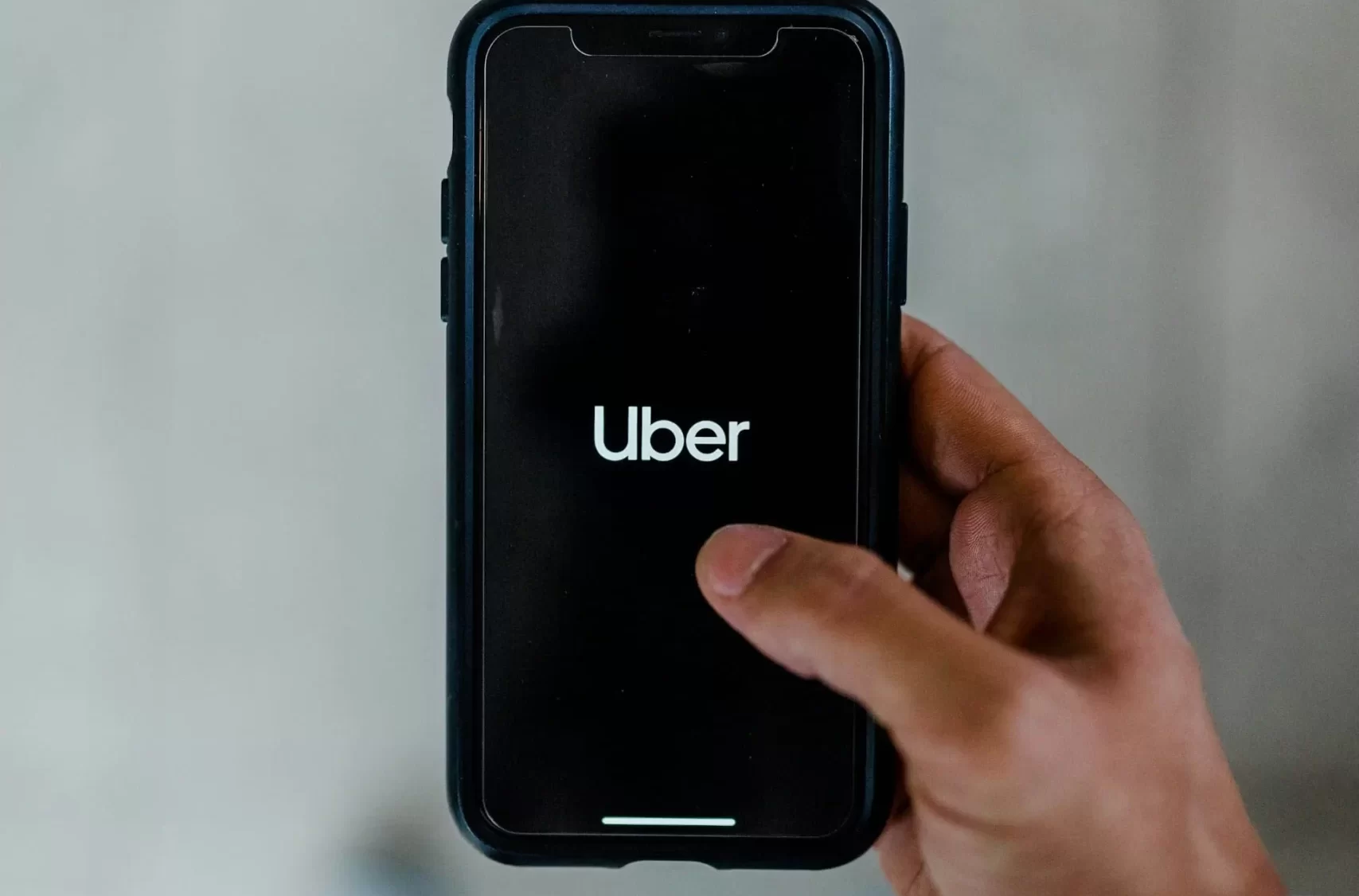

 The Future of AI: How Machine Learning is Transforming Businesses
The Future of AI: How Machine Learning is Transforming Businesses  AI in E-commerce: Enhancing Customer Experience & Engagement
AI in E-commerce: Enhancing Customer Experience & Engagement 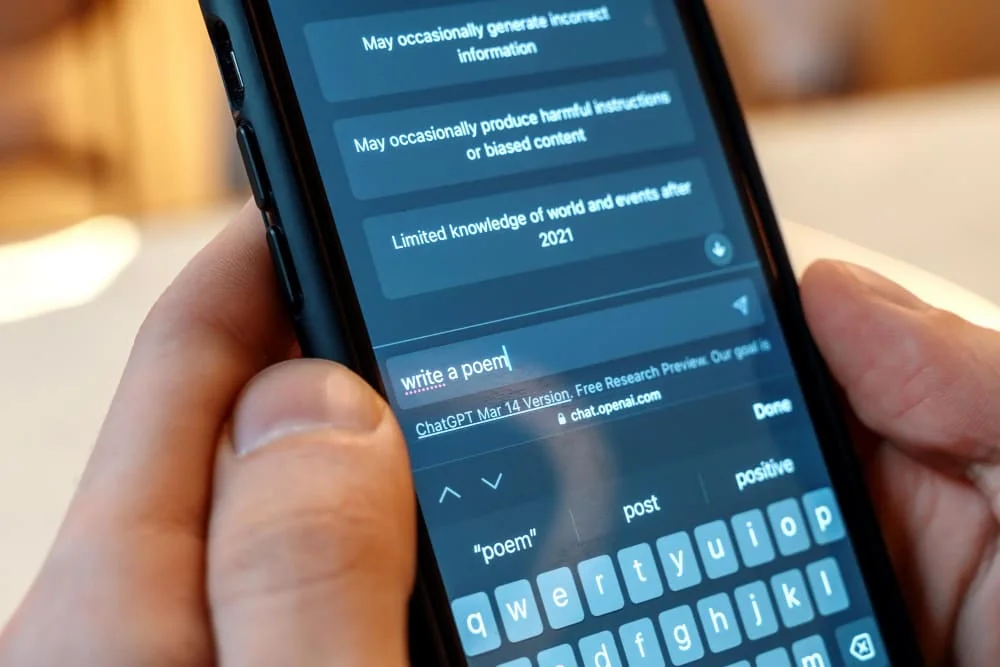 How AI-Powered Chatbots Are Revolutionizing Customer Support
How AI-Powered Chatbots Are Revolutionizing Customer Support 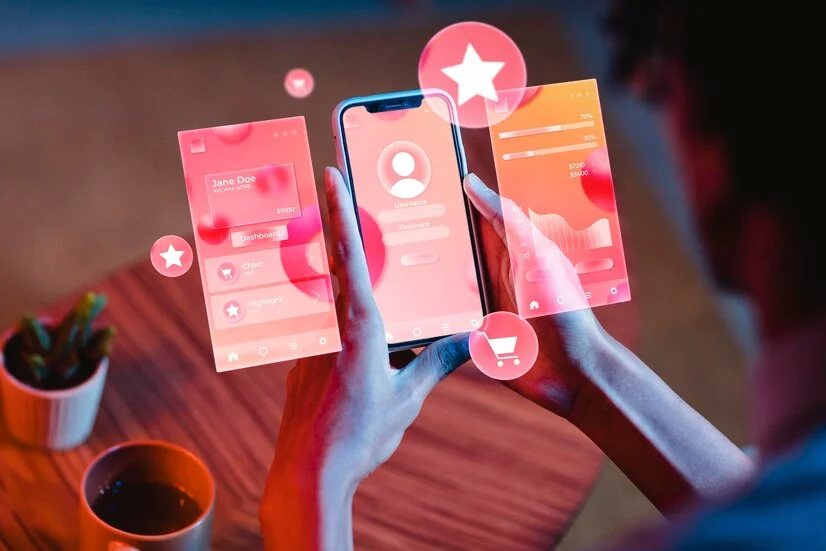 The Role of AI in Mobile App Development: Smarter and Faster Apps
The Role of AI in Mobile App Development: Smarter and Faster Apps  How To Choose Top Website Development Company In USA
How To Choose Top Website Development Company In USA 